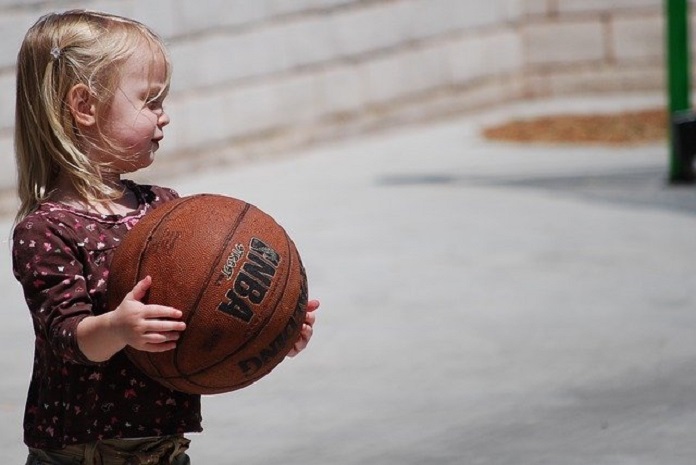A recent study breaks down the ideal balance of activities for children’s bone health.
Today, osteoporosis, a disease resulting in the loss of bone mass, is the leading cause of weakness and fractures in adults. Globally, 200 million people are affected by osteoporosis, 75 million of which are seen in Japan, Europe, and USA. Proper bone health, growth, and development are important factors in preventing such diseases. Understanding how to optimize exercise and bone health in children can help lessen such diseases later on in adulthood. Researchers at the University of South Australia looked into the ideal day of activities for children’s skeletal health.
Participants were selected from a previous Australian Child Health study; 804 children between the ages of 11-13 were used to examine the best balance of activities during a 24-hour day. Their activity was measured by wrist-worn accelerometers for 24 hours over an eight-day period. The researchers broke down daily activities into moderate to vigorous physical activity (MVPA), light physical activity (LPA), sedentary behaviors, and sleep. MVPA included exercises such as sports and running around, LPA included walking and doing chores, and sedentary time involved any sitting or non-mobile action. To evaluate bone health, measurements were made using CT scans—to provide x-ray type images. The researchers further considered variables that could affect the amount and type of activity that children have: sex differences, age of puberty, and socioeconomic status.
Children need more exercise, sleep, and less sedentary time to increase their bone health
Results of the study concluded that an optimal day constitutes 1.5 hours of MVPA, 3.4 hours of LPA, 8.2 hours of sedentary time, and 10.9 hours of sleep. Sex differences revealed that boys require an extra 2.4 hours of sleep compared to girls. However, the boys were in early stages of puberty than the girls. The researchers speculate that the increased hours of sleep are due to resulting hormonal changes rather than gender differences.
This is the first study of its kind to detail the amount of daily activity and exercise required for the proper development of children’s bone health. The strengths of the study include its large population sample, as well as their meticulous data-gathering methods. Additionally, their inclusion of gender differences allows for more specific guidelines to be made rather than applying the same characterizations across all children. Though, since the study was conducted over the course of a year, changing seasons may have altered the children’s activity patterns.
The study provides great information for caregivers and clinicians. Until recently, the perfect amounts of activity, sedentary time, and sleep for children’s bone health have been unknown. With this new-found understanding, guidelines can be implemented to optimise children’s exercise and bone health in hopes of preventing osteoporosis in adults.
Written by Melody Sayrany
References:
- Dumuid, D., Simm, P., Wake, M., Burgner, D., Juonala, M., Wu, F., … Olds, T. (2020, September 23). The “Goldilocks Day” for Children’s Skeletal Health: Compositional Data Analysis of 24‐Hour Activity Behaviors. American Society for Bone and Mineral Research. https://asbmr.onlinelibrary.wiley.com/doi/10.1002/jbmr.4143?from=article_link.
- EurekAlert. The ‘Goldilocks Day’: the perfect day for kids’ bone health. EurekAlert! https://www.eurekalert.org/pub_releases/2020-10/uosa-td101820.php.
Image by zgmorris13 from Pixabay



